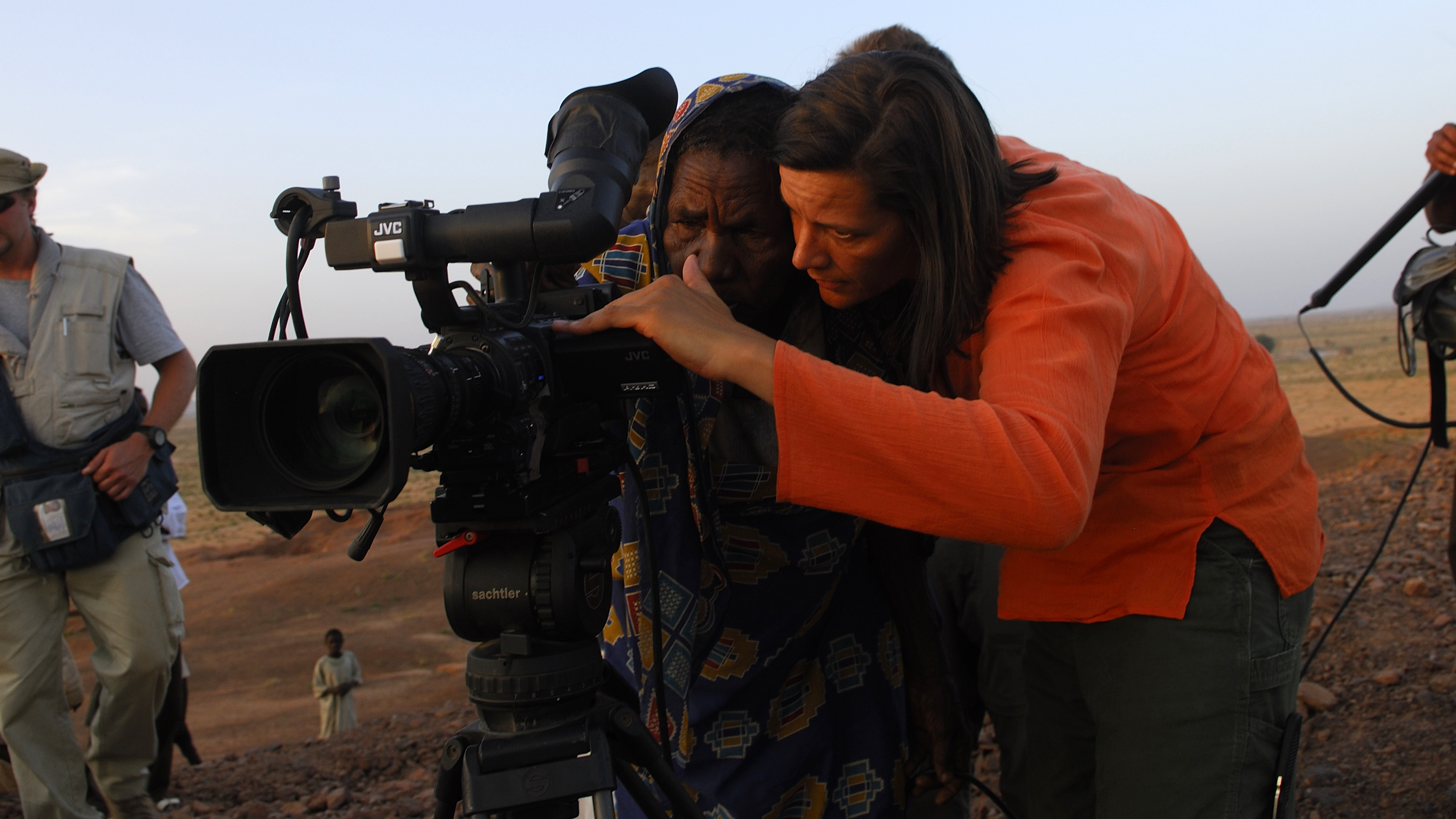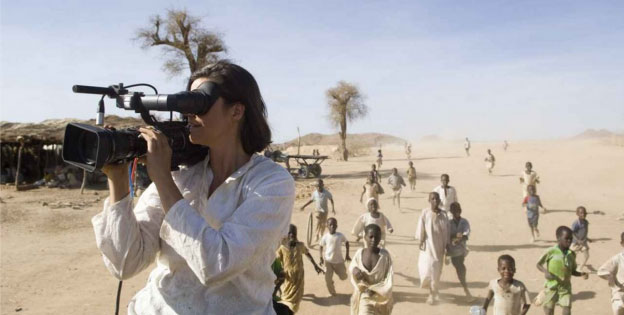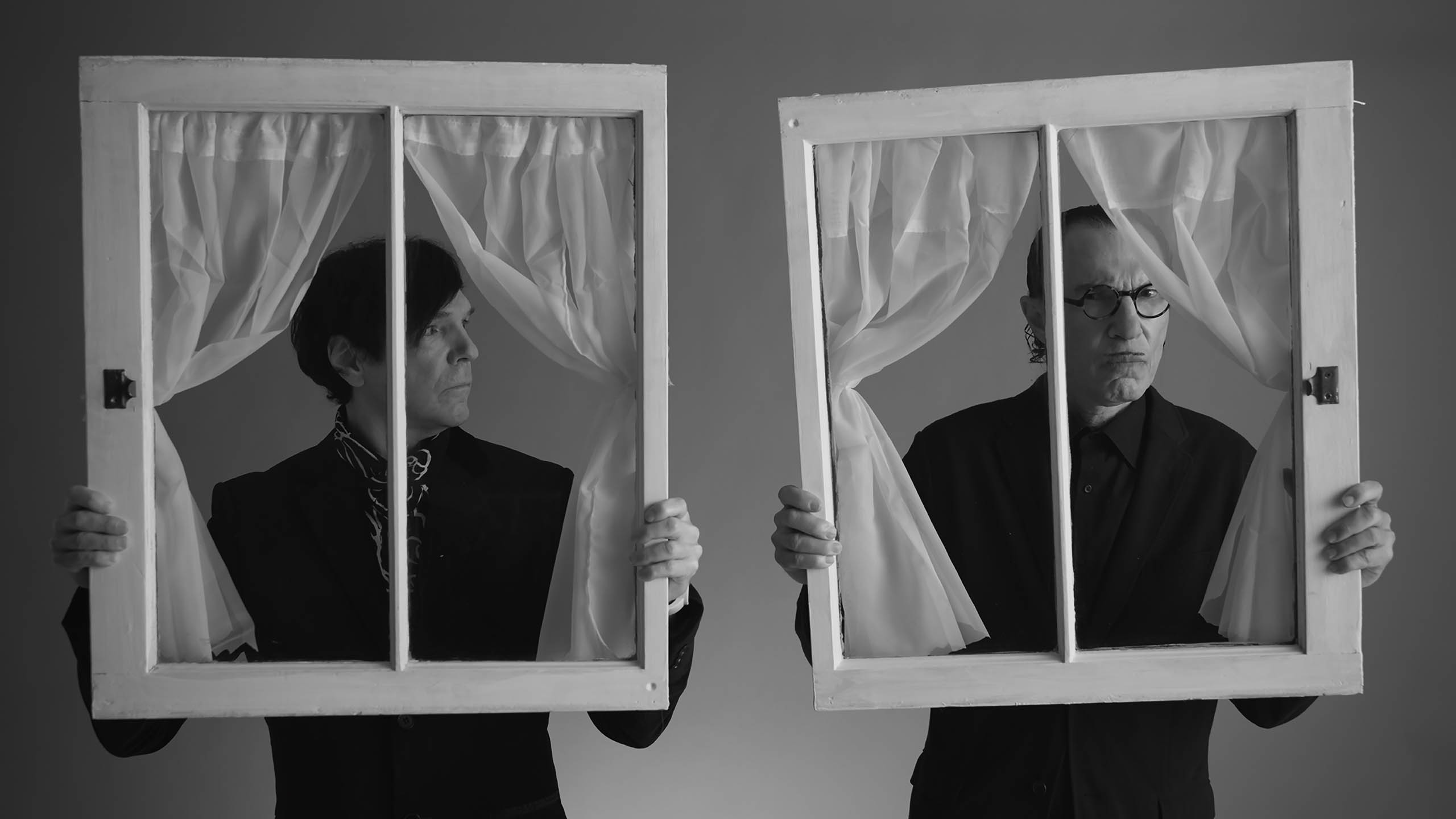
Kirsten Johnson via Indiewire
What We’re Watching: Documentaries
Sometimes they reveal glaring faults of our justice system. sometimes they follow joaquin phoenix’s fake pursuit of a rap career.
By The Film Team
2.16.2022
Documentaries: sometimes they reveal the glaring faults of our justice system, sometimes they follow the lives of eccentric subjects, sometimes they follow the real Joaquin Phoenix’s fake pursuit of a rap career. This month, we each selected a film to watch and dove into the documentary format.
Natalie Duerr
Cameraperson (2016)

Since I saw C'mon C'mon, Cameraperson has been at the top of my list. While this is not a documentary I would have picked if I had been scanning the homepages of Netflix or HBO, I am so glad I took the time to watch it. Cameraperson is subtle—it doesn't hold your hand and explain what's happening. Instead, Kirsten Johnson constructs a narrative from footage she has recorded over her decades-long career. She collages smatterings, reflecting how our memories fragment over time. Cameraperson isn't just one story, but several that weave into each other, crafting a narrative that looks at the extremities of the human condition and our ability to somehow persist beyond them. Johnson lets the viewer assemble the pieces into whatever image they want to take away. She asks us to question what we choose to see versus what we choose to look away from and what we choose to remember versus what we choose to forget.
Lizzie Racklin
Gap-Toothed Women (1987)

A still from Les Blank’s Gap-Toothed Women was included next to the definition of “documentary” in the textbook for a film class I took eighty years ago and I’ve been meaning to watch it ever since. It’s an interesting use of the documentary form in that it doesn’t tell a specific story or follow certain subjects, but rather weaves together the perspectives of various women with gaps in their teeth, including, among many others, a cartoonist whose gap motivated her artistic career, a heavy metal singer, supermodel Lauren Hutton, and Supreme Court justice Sandra Day O’Connor. I was sold on the visuals alone—Rocky Horror-esque close-ups of mouths, ancient drawings of mythical gap-toothed women, vintage magazine ads and portraits—but the content got me too. Each woman describes her relationship with her tooth gap, and though the feature had often led to deep insecurity, most are ultimately thankful for it, and many take a particular pride in it. The film’s insights into self-esteem and beauty standards aren’t exactly revolutionary, but specifying a feature and asking women to remark on their relationship with it is an interesting way to explore those topics. One woman describes a rig she made when she was ten that included a rubber band wrapped around her gap teeth, attached to Scotch Tape on her nose to press it upwards, attached to an orange juice can on her head to straighten her hair. Many of the women had similar tales of orthodontia and attempted “solutions” to their gap, which seemingly paved the way for even stauncher pride later on. This collage of gap-toothed women exemplifies the similarities we share with strangers and, though it’s a light watch, it has plenty to say about gender, bodies, and the standards we apply to them. It may just be because of the grainy film and patchwork-style storytelling, but this somewhat reminded me of John Berger’s Ways of Seeing, which I could talk about for hours and also first watched in some class during my youth.
Maiya Pascouche
The Sparks Brothers (2021)

As an avid fan of new wave and popular 80’s synth music, I was ashamed to have a light shone on my ignorance of Sparks and yet, that is the crux of the documentary The Sparks Brothers. Chronicling the inception of Sparks up to where they stand today, director Edgar Wright has a brilliant eye for the absurdity that is embedded in Sparks’s aesthetic. The two brothers, Russell, the pretty boy lead singer, and Ron, the one who dons a Charlie Chaplin mustache as the gloomy keyboard player, are adorably different and alike at the same time, making them the perfect life-long collaborative pair. Compositionally, their music somehow always stays at least one year ahead of its time and contains a lyrical sense of play and blunt intimacy, managing to be hilariously funny and emotionally reflective all at once. Walking the audience through the writing, release, and reception of each of Sparks’s 27 (!) albums, including their recent motion picture soundtrack for Annette, Wright invites powerhouses in the industry to reflect on the impacts that Sparks has had on their own music. Bands like Duran Duran and New Order admit to the copycat nature of their 1981 initial releases shortly after Sparks released their synth-heavy album No. 1 in Heaven in 1979. Producer Jack Antonoff states that, “All pop music is rearranged Sparks…that’s the truth.” But Sparks, though innovative beyond comparison, rarely received their moment in the spotlight. They were always two steps forward and three steps back, releasing album after album on different labels and with different producers until they finally cut ties and began independently producing in California. The Sparks Brothers gives us a look into the elusive, heartwarming, weird, and absurdly silly Mael brothers, and I would watch it again right now.
.
